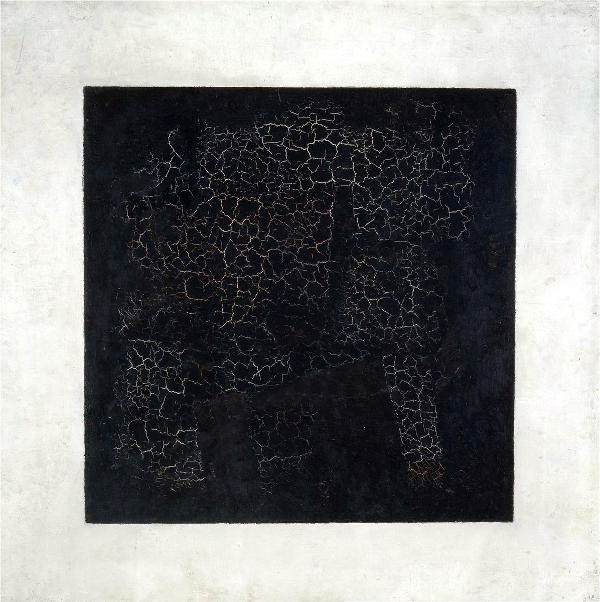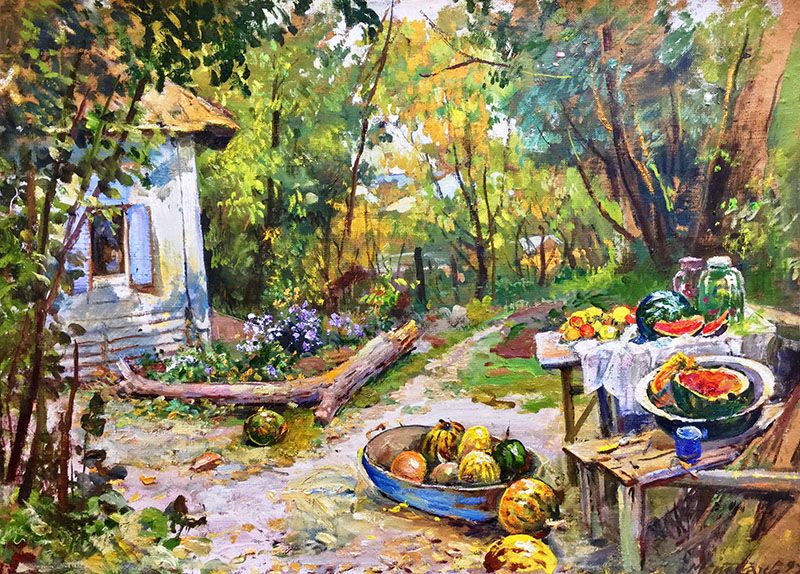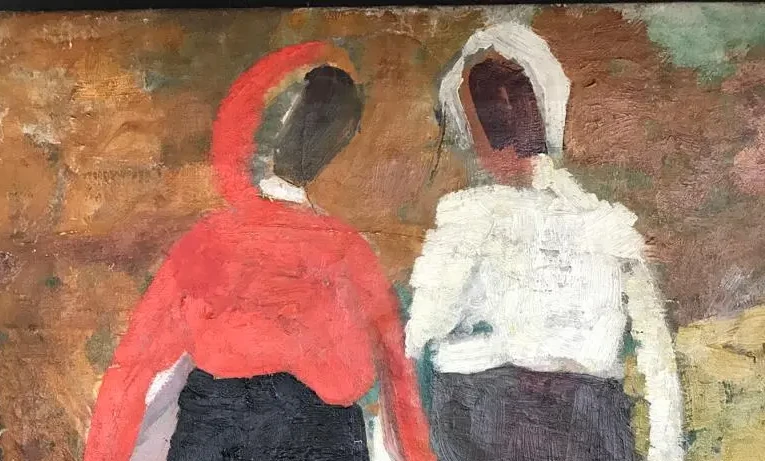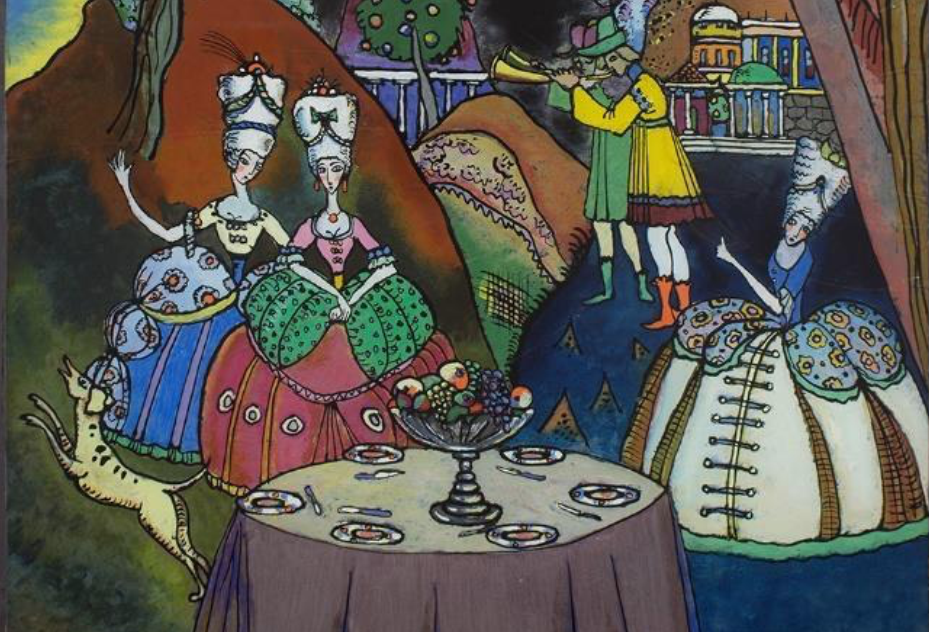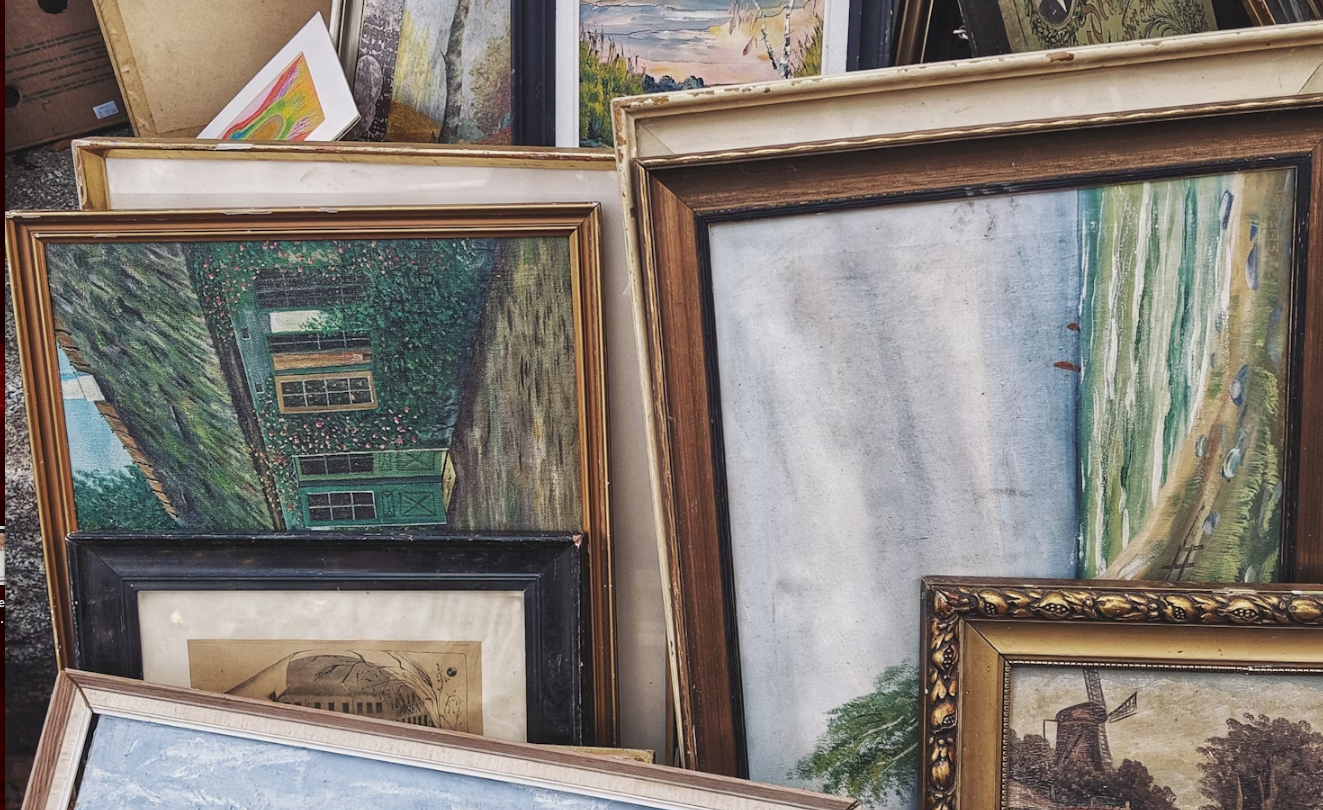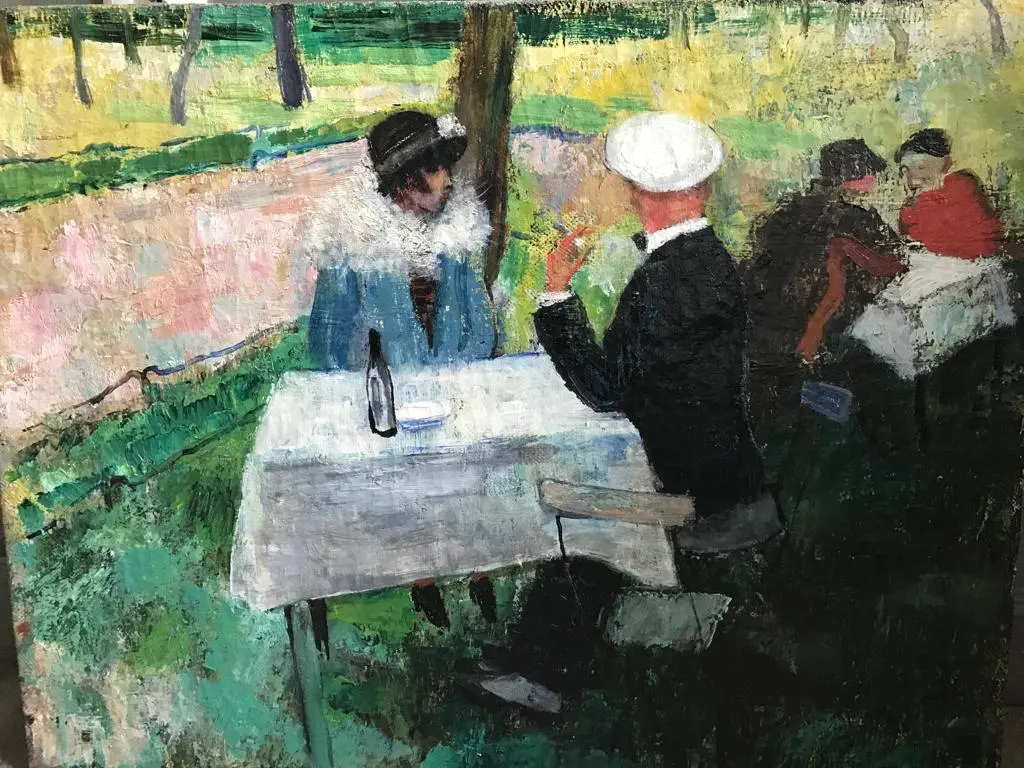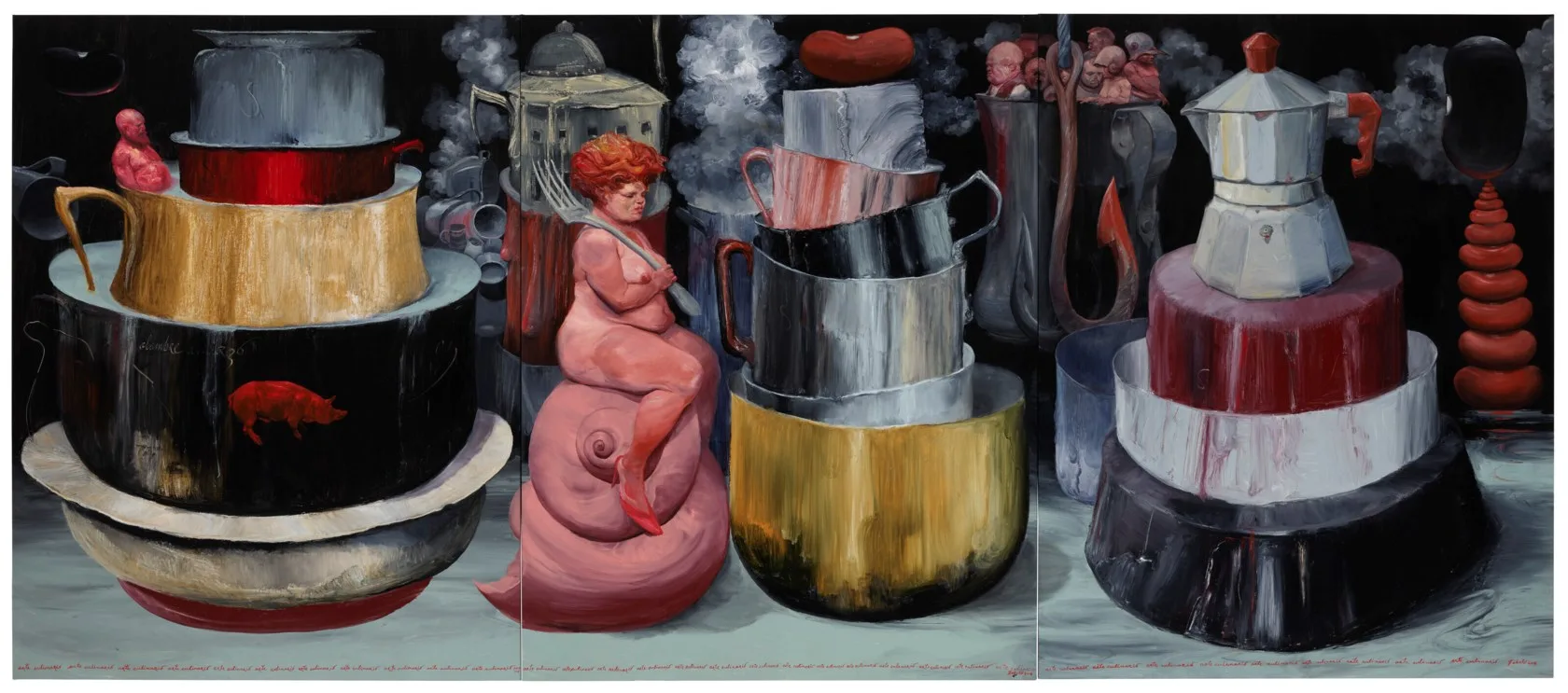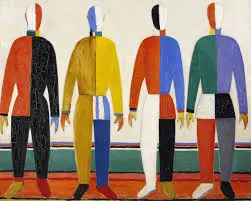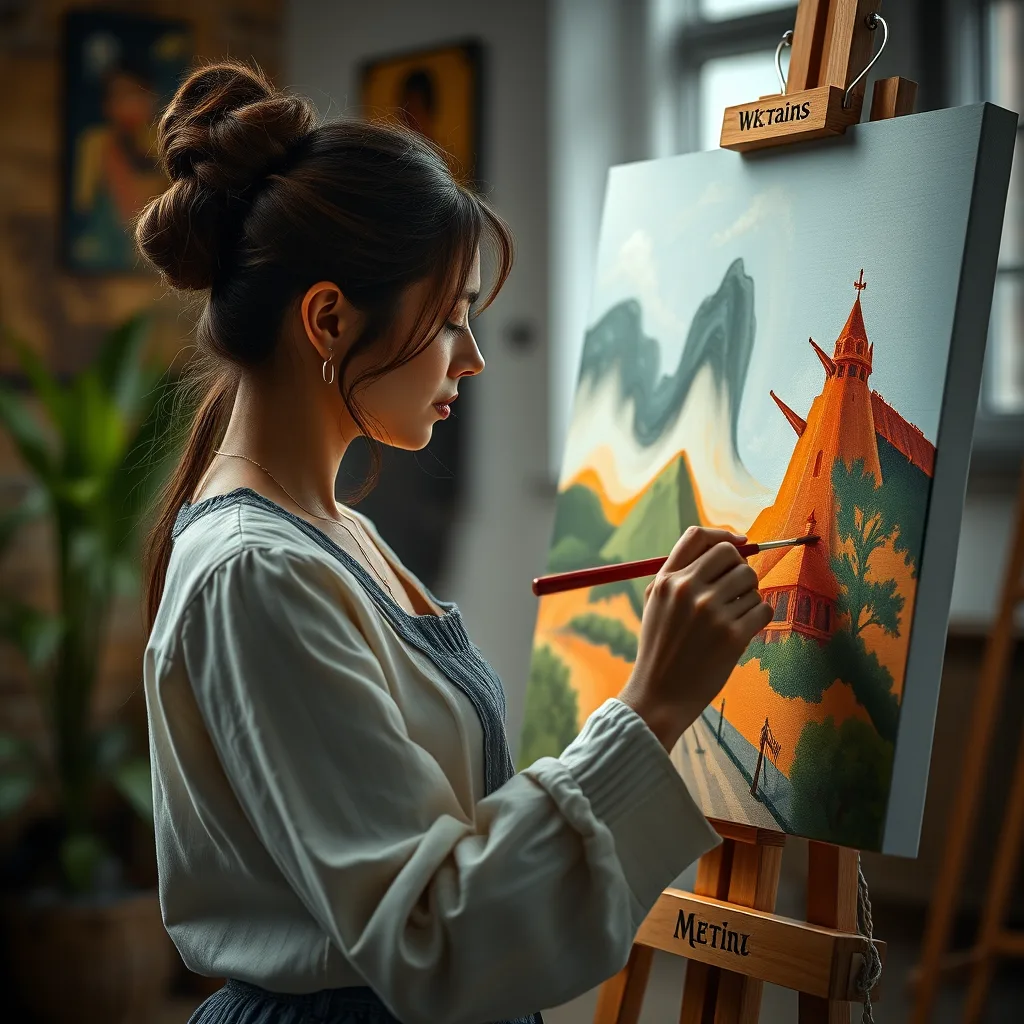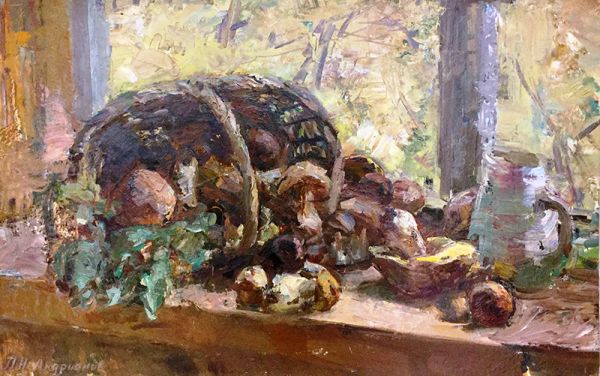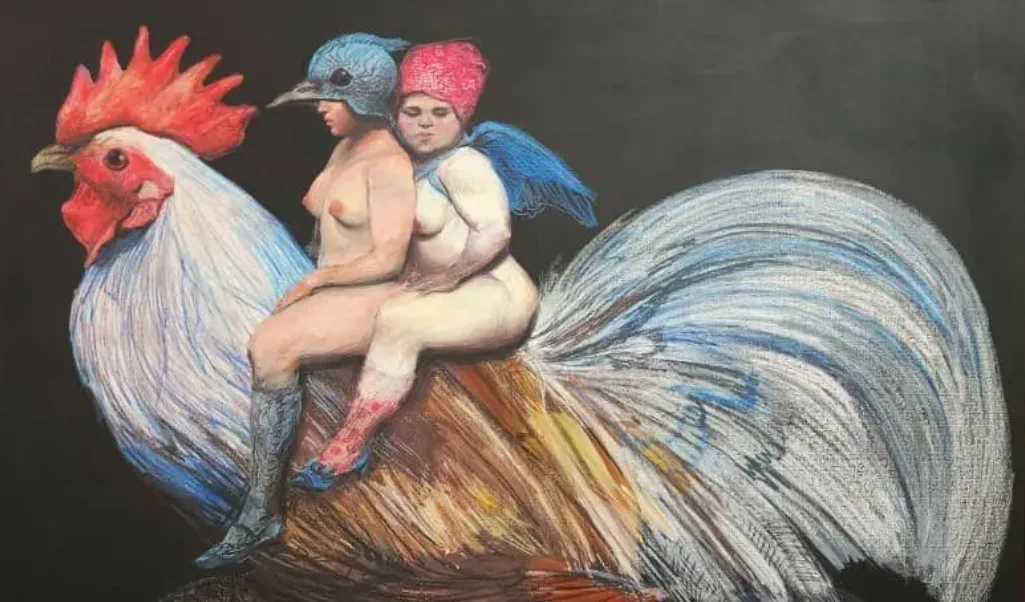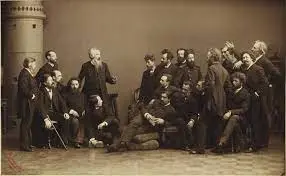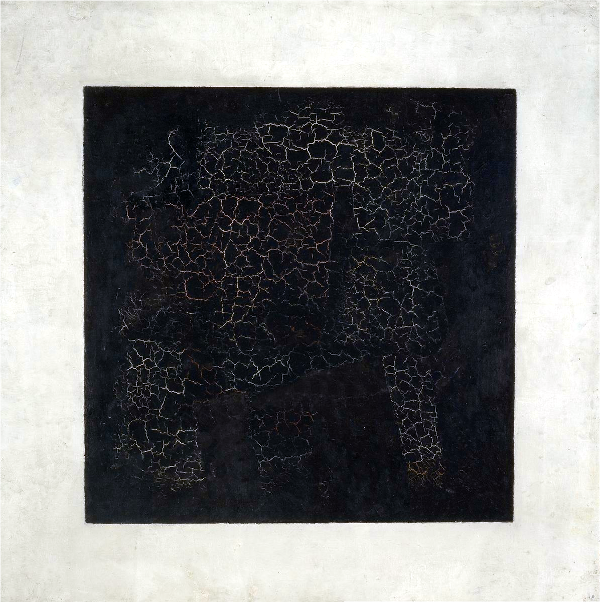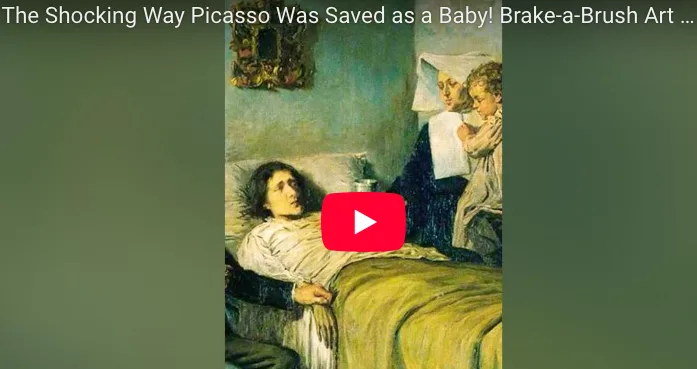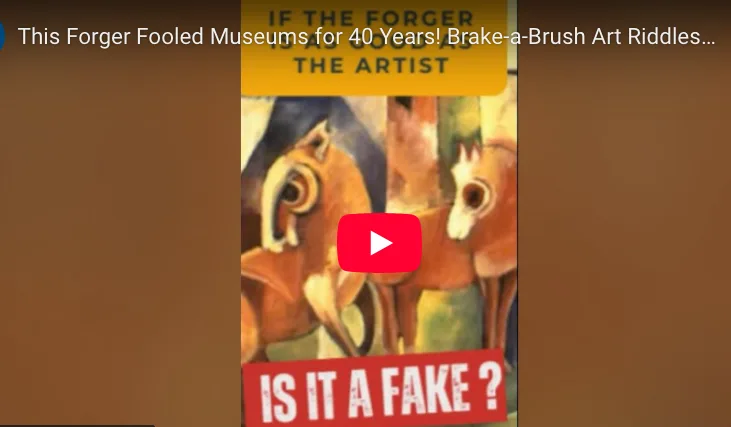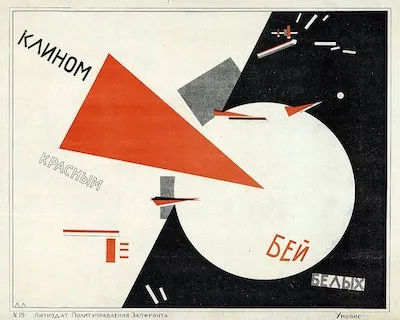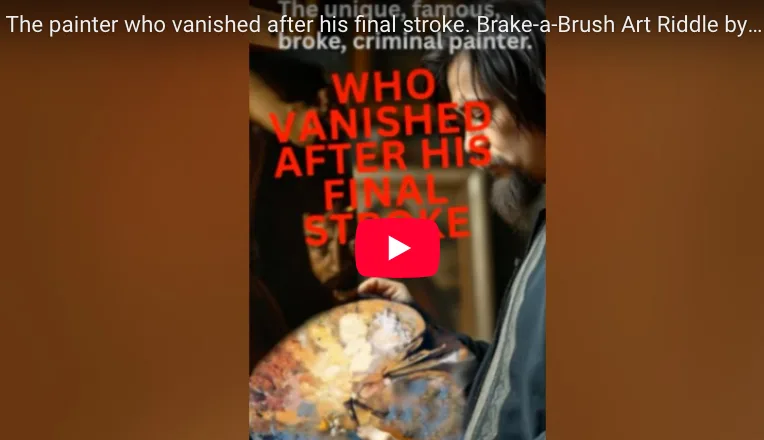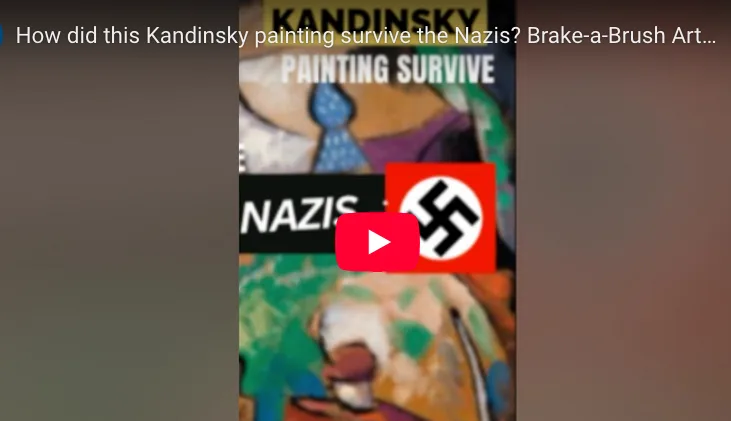Understanding Suprematism: Malevich’s Radical Vision
Why a Black Square Changed the Course of Art History In 1915, Kazimir Malevich exhibited a black square on a white canvas and declared: “I have transformed myself in the zero of form.” It was more than provocation — it was the birth of Suprematism, a movement that shattered centuries of representational art and set the stage for abstraction as we know it. What Is Suprematism? Suprematism is not just an aesthetic; it’s a philosophy. Malevich sought to liberate art from the burden of objects, representation, and narrative. His compositions — often made of geometric forms in pure color — were visual meditations on feeling, not function. Why It Mattered…
Kazimir Malevich “Two Peasants” 1929-1930
Kazimir Malevich’s “Two Peasants” is a significant piece from his later period, showcasing his exploration of form and color within his distinctive style of Suprematism. Painted in 1929-1930, it reflects Malevich’s continued interest in geometric abstraction and the reduction of forms to their essential components. In “Two Peasants,” Malevich presents two figures in a simplified, almost schematic manner. The figures are reduced to basic shapes and lines, emphasizing the geometric nature of his Suprematist style. The colors used are typically muted and limited, with emphasis on black, white, and shades of gray, enhancing the starkness of the composition. Malevich’s motivations for painting such works during this period were likely multifaceted.…
The two peasant women – Kazimir Malevich
The first owner of this painting was avant-garde artist Alexei Gan, a co-founder of the First Working Group of Constructivists with Alexander Rodchenko and Varvara Stepanova. Gan edited Kino-fot (1922–23) and co-edited Contemporary Architecture (1928), where Malevich also published articles. His partner, Esfir Shub, was a noted documentary filmmaker. Two Peasant Women belongs to Malevich’s second peasant cycle of the late 1920s. This intense painting synthesizes Malevich’s avant-garde activities, drawing from his first peasant cycle of the early 1910s. The imagery aligns with Russian icon painting, with the two women’s postures echoing saints in Orthodox Deësis. Their golden-hued background resembles traditional icon backdrops, with a two-toned pozem effect. The scarves…
Kazimir Malevich’s Nationality
Kazimir Malevich’s nationality is a subject of ongoing debate, reflecting the complex historical context of his birthplace and the cultural influences he experienced. Here’s a breakdown of his background and how it might have influenced his work: Background and Nationality Influence on His Works Malevich’s cultural background and the geopolitical context of his time likely influenced his artistic philosophy and style, though not directly in terms of national themes. His work is more about abstract concepts than specific cultural or national motifs. In summary, while Malevich’s nationality is complex and debated, his artistic contributions were more about pioneering abstract art movements than reflecting specific national identities. His work remains a…
Principles of Kazimir Malevich’s Suprematism Philosophy
Suprematist art, specially drawn in out-of-proportion size with the art concept, was a small standing mirror in which the materialistic men of a materialistic century could look at themselves…Suprematism presented to the Russian people the greatest aspects of non-objectivity in art and by so doing, open the way to a deeper understanding of art. Malevich was an intelligent in his stratagems for appealing to the plain sense of his utilitarian countrymen while not compromising his art doctrine. Step by step throughout its development, he would present the squares and circles as inventions to aid the peasant in life and in the end, it would seem seekers for eternal life. It…
Understanding Suprematism: Malevich’s Radical Vision
A short analysis: Why a Black Square Changed the Course of Art History In 1915, Kazimir Malevich exhibited a black square on a white canvas and declared: “I have transformed myself in the zero of form.” It was more than provocation — it was the birth of Suprematism, a movement that shattered centuries of representational art and set the stage for abstraction as we know it. What Is Suprematism? Suprematism is not just an aesthetic; it’s a philosophy. Malevich sought to liberate art from the burden of objects, representation, and narrative. His compositions — often made of geometric forms in pure color — were visual meditations on feeling, not function.…
Russian Avant-Garde
Exploring the Russian Avant-Garde: A Revolution in Art and Culture The Russian Avant-Garde was a groundbreaking movement that emerged in the early 20th century, roughly between 1890 and 1930. It encompassed a diverse array of artistic expressions, including painting, sculpture, literature, theater, and architecture. This vibrant period was marked by radical experimentation and a desire to break away from traditional forms, reflecting the turbulent social and political changes in Russia at the time. Origins and InfluencesThe movement drew inspiration from various sources, including Cubism, Futurism, and Expressionism in Western Europe. Russian artists sought to create a new visual language that would resonate with the revolutionary spirit sweeping across the country.…
Unveiling the Transcendent Beauty: Malevich and the Russian Avant-Garde
Unveiling the Transcendent Beauty Introduction:Entering the realm of Kazimir Malevich and the Russian Avant-Garde is akin to embarking on a spiritual odyssey of artistic revelation. As an impassioned collector deeply enamored by Malevich’s oeuvre, one finds oneself irresistibly drawn to the ineffable allure and profound philosophical depths that characterize each stroke of his brush. In this essay, the narrative unfolds from the perspective of an ardent collector, eager to convey the enrapturing essence of Malevich’s graphic works, offering glimpses into the transcendent beauty that continues to captivate collectors and aficionados worldwide. The Russian Avant-Garde Movement:For those enthralled by the enigmatic allure of Malevich’s creations, the Russian Avant-Garde movement stands as…
Why would Kazimir Malevich shift away from Suprematism after the 1920’s?
Kazimir Malevich’s evolving relationship with Suprematism in the post-1920s era was influenced by a variety of factors, reflecting a complex interplay of political, personal, and philosophical dynamics. Politically, the ascent of Joseph Stalin’s regime in Soviet Russia marked a significant shift in cultural policies, favoring Socialist Realism as the sanctioned artistic style. Suprematism’s abstract, non-representational approach clashed with the regime’s preference for art that served propagandistic purposes and depicted idealized Soviet themes. Consequently, Malevich encountered mounting challenges in showcasing and disseminating his Suprematist works within the state-controlled artistic milieu. However, Malevich’s relationship with Suprematism was not solely defined by external pressures. Internally, he experienced a gradual evolution of his artistic…
Art Riddles Brake-a-Brush AmbarAzulArt #73
